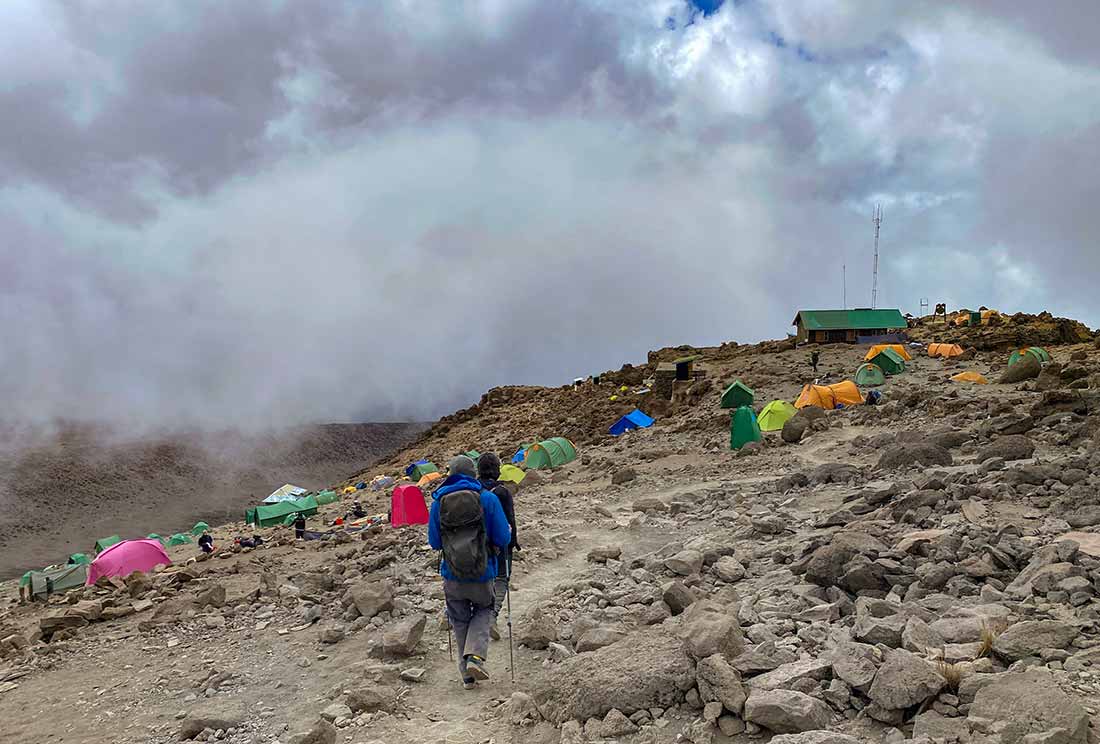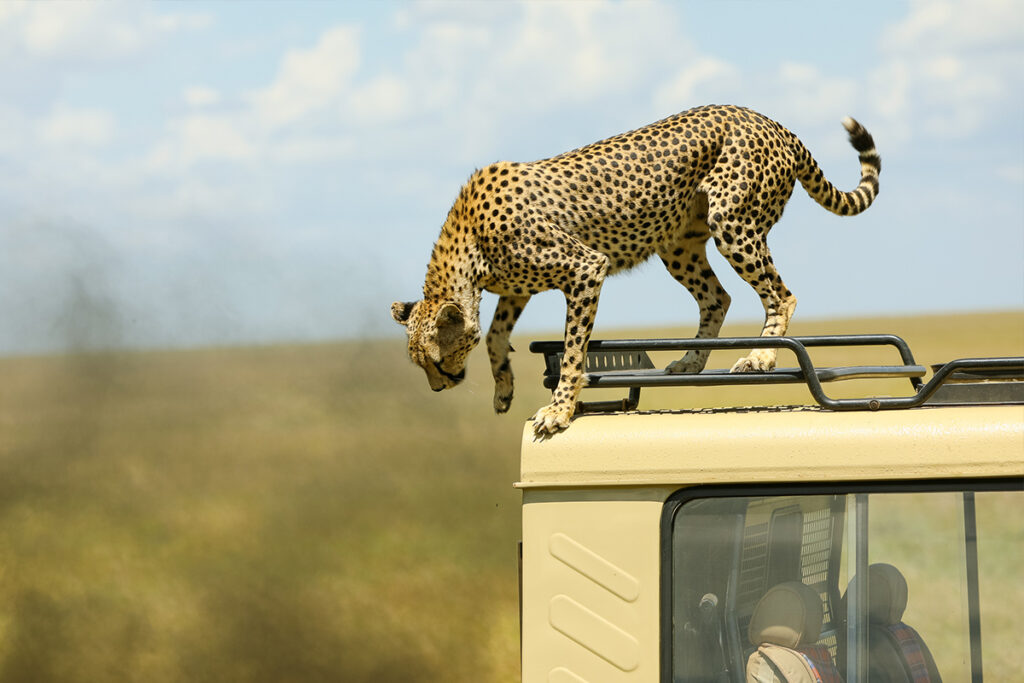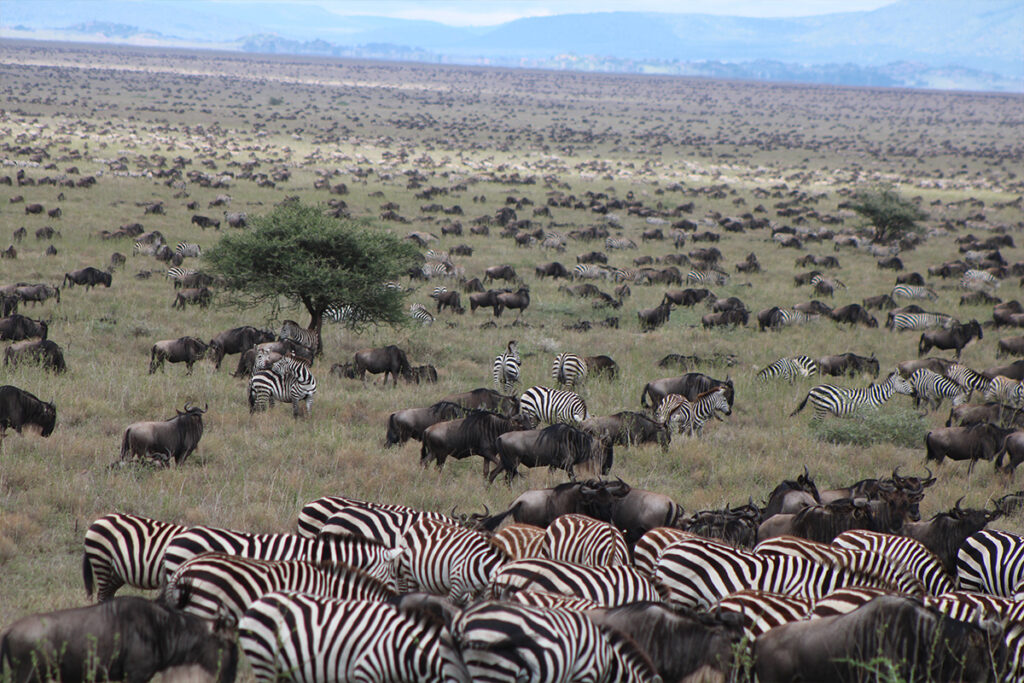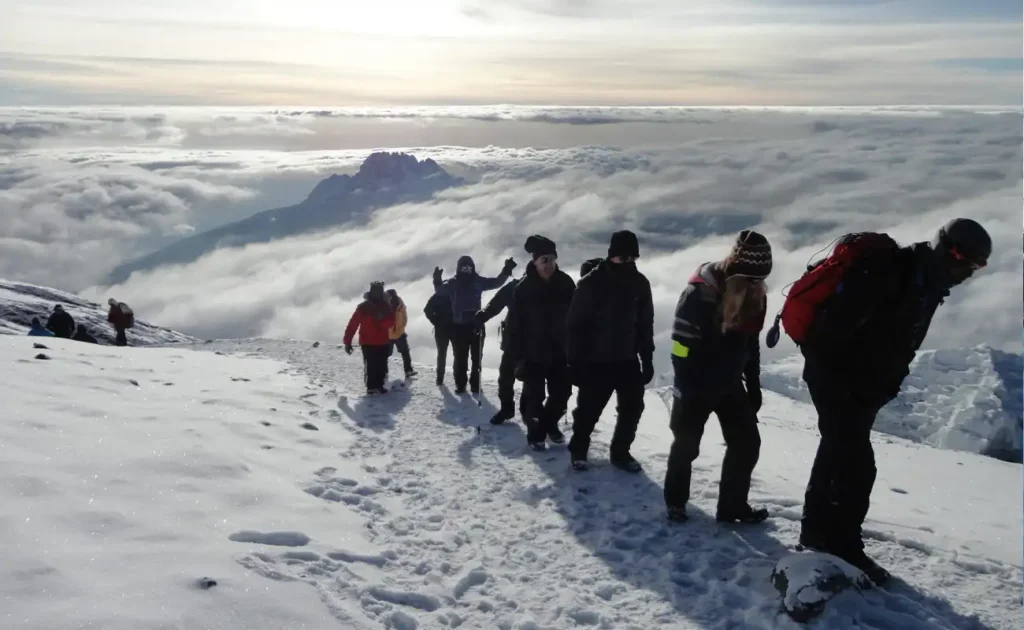Ascending Mount Kilimanjaro, Africa’s highest peak, is a journey that challenges both the mind and body. Interestingly, over 50% of climbers experience acute mountain sickness due to the rapid altitude gain. Preparing adequately with health tips can dramatically change your experience from strenuous to exhilarating.
Understanding the physiological impact of high altitude is paramount. Kilimanjaro’s diverse climate zones require climbers to remain hydrated and consume a calorie-rich diet. Additionally, gradual ascent techniques coupled with acclimatization strategies significantly improve the chances of summit success.

Health Tips: Staying Healthy on Kilimanjaro
Climbing Mount Kilimanjaro requires a strong body and mind. Altitude sickness can strike climbers above 2,500 meters. Symptoms might include headaches, nausea, or dizziness. To minimize these effects, climbers should ascend gradually and rest frequently. Remembering to stay positive and focused helps a lot!
Drinking enough water is essential to stay healthy on Kilimanjaro. At high altitudes, your body loses moisture quickly. It’s recommended to drink 3 to 4 liters of water daily. Besides keeping you hydrated, this helps your body acclimate to the altitude. Always carry a refillable water bottle to reduce waste.
Nutrition plays a crucial role in maintaining energy levels. High-calorie snacks provide quick energy boosts during long treks. Foods rich in carbohydrates, like pasta and rice, are excellent choices. Don’t skip meals; your body needs fuel to tackle the climb. Eating regularly keeps your spirits high too.
Acclimatization is another key to a successful journey. Spending extra days at certain altitudes allows your body to adjust.
- Climb high, sleep low technique
- Wear appropriate layers for changing temperatures
- Listen to your body and take needed breaks
These strategies help prevent altitude-related problems and ensure a safer ascent.
Climbing Kilimanjaro: Health and Nutrition – Keep Your Energy Up! | Trek Tips
Preparing for the Climb: Physical and Mental Wellness
Physical fitness is a major part of preparing for Kilimanjaro. Regular exercise like jogging, cycling, and swimming builds stamina. Aim to work out at least four times a week. Strength training exercises, including squats and lunges, are fantastic for your muscles. Consistency builds the endurance needed for this adventure.
Mental wellness is equally important when climbing. Meditation and deep breathing exercises help maintain calmness. Stress management techniques reduce anxiety and improve focus on the journey. Positive visualization can inspire confidence and determination. Stay connected with your goal to reach the summit.
Before embarking on the trek, gather essential gear to prevent injuries. Proper footwear protects your feet from blisters and fatigue. Layered clothing adapts to unpredictable weather changes easily. A sturdy backpack carries your essentials without straining your back.
- First-aid kit
- Sunscreen
- Sunglasses
These items ensure your safety and comfort.
Understanding the journey ahead boosts both physical and mental readiness. Researching the terrain and elevation helps in creating a strategy. Join online groups to share experiences and garner advice. Interacting with experienced climbers encourages motivation and resilience. Your preparation sets the foundation for a successful climb.
Overcoming Altitude Sickness: Understanding its Causes and Proper Management
Altitude sickness is a common concern for those trekking high altitudes like Kilimanjaro. It happens when you ascend too quickly without proper acclimatization. Oxygen levels drop as you climb higher, affecting your body. Symptoms include headaches, nausea, and dizziness. Knowing how your body reacts helps in taking preventive measures.
Proper management of altitude sickness begins before the climb. Gradually increasing altitude allows your body to adjust, reducing symptoms. It’s helpful to spend an extra day at mid-level altitudes. This step-by-step approach ensures better acclimatization and makes reaching higher elevations safer. Hydration supports this process by maintaining optimal body function.
Taking preventative medications is another strategy to manage symptoms. Consulting a healthcare provider before your trip is highly recommended. They might prescribe medicines like acetazolamide to minimize risk.
- Drink fluids regularly
- Avoid alcohol and caffeine
- Eat light meals
These choices contribute to preventing altitude issues.
Listening to your body is crucial while climbing. If symptoms worsen, it’s best to pause or descend. Peer support helps maintain morale and reminds climbers to take action if they feel unwell. Awareness and preparedness make the climb enjoyable and reduce the risk of severe altitude sickness. Your safety is the top priority during this adventure.
Importance of Hydration while Trekking on Kilimanjaro
Hydration is crucial when trekking Mount Kilimanjaro. The high altitude and strenuous activity cause the body to lose water rapidly. Drinking enough water helps maintain your energy levels and prevents fatigue. Hydration also aids in acclimatization, allowing your body to adjust better to the reduced oxygen levels. Staying well-hydrated is a priority to ensure a safe and enjoyable climb.
When you’re dehydrated, your body’s performance decreases. This is because water is vital for processes like muscle function and temperature regulation. A lack of fluids can lead to headaches, dizziness, and reduced concentration. It also increases the risk of altitude sickness. Keeping a steady intake of water helps combat these issues effectively.
It’s recommended to drink 3 to 4 liters of water per day during the climb. Use a refillable bottle to avoid plastic waste and carry purification tablets for stream water. The guides frequently remind trekkers to sip water, even when not thirsty. This consistent intake ensures hydration throughout the journey. The message is simple: drink before you’re thirsty.
Besides water, rehydration solutions can be beneficial. These solutions replenish electrolytes lost through sweat. They come in tablet form and are easy to add to your water.
- Enhance endurance
- Prevent cramps
- Boost recovery
Adding them can enhance your trekking experience on Kilimanjaro.
Listening to your body’s needs is essential. If you feel dehydrated, take a break and drink more. Signs of good hydration include clear urine and a good energy level. Trekking while properly hydrated opens up a world of stunning landscapes and rewarding experiences without worrying about dehydration. Remember, hydration is your friend on this adventure.
Importance of Balanced Diet: High-Calorie Intake for Energy
A balanced diet is essential when climbing Kilimanjaro. Your body burns a lot of calories while trekking, so it needs more energy. High-calorie foods provide the fuel necessary for this demanding adventure. Consuming a mix of carbohydrates, proteins, and fats keeps your energy steady. A well-rounded diet helps you perform your best.
Carbohydrates are important as they offer quick energy. Foods like oats, rice, and pasta are great sources of carbs. They help replenish glycogen stores, which fuel your muscles. Including these in your meals can boost your endurance. Remember, carbs are your body’s main energy source during the trek.
Proteins play a vital role in muscle repair and recovery. Trekking involves continuous strain on your muscles, making protein crucial. Lean meats, beans, and nuts are excellent choices. They aid in your body’s recovery after a long day of hiking. Including protein ensures you remain strong and resilient.
Fats, though often overlooked, are another key energy source. Nuts, avocados, and olive oil provide healthy fats. They help with prolonged energy release, which is necessary for extended activities. Adding fats to your meals can improve stamina. It balances your diet and rounds out your nutritional needs.
Snacking frequently can maintain your energy levels too.
- Energy bars
- Dried fruits
- Trail mix
These are compact and convenient to carry. Snacking ensures you get fuel regularly and keep your energy up throughout the day.
Plan your meals to meet your body’s demands effectively. Balancing portion sizes with calorie needs is vital. Eating enough ensures you’re ready for any challenge the mountain presents. Your diet becomes an ally in this expedition, supporting every step you take. A balanced diet makes the difference between thriving and merely surviving.
The Role of Acclimatization Techniques in a Successful Summit
Acclimatization techniques are essential for a successful summit on Kilimanjaro. As you climb higher, the air becomes thinner, making it harder to breathe. These techniques help your body adjust to the lower oxygen levels. Proper acclimatization reduces the risk of altitude sickness. It ensures a safer and more enjoyable climb to the top.
One effective method is the “climb high, sleep low” technique. This involves ascending to a higher altitude during the day and sleeping at a lower altitude at night. This strategy allows your body to experience the altitude change while getting enough rest. It enhances acclimatization by gradually improving your body’s oxygen efficiency. This technique is widely used by trekkers and climbers worldwide.
Pacing your ascent is another vital aspect of acclimatization. Climbing slowly gives your body more time to adjust. Rushing increases the risk of altitude sickness, which can halt your progress. Sticking to a steady pace ensures both safety and endurance. Remember, it’s about reaching the peak, not racing to it.
Rest days are crucial for acclimatization as well. They allow time for recovery and help your body adapt. During these days, you can explore nearby areas without gaining altitude. This active rest aids your body’s adjustment process. It keeps your trek on track while enhancing overall safety.
Monitoring your body’s signals is also important. Include listening to your physical responses and adjusting your pace or schedule as needed.
- Headaches
- Dizziness
- Nausea
These symptoms indicate that your body is struggling with the altitude. Taking corrective measures right away can make the climb successful.
Acclimatization is key for a rewarding experience on Kilimanjaro. By following these techniques, you prepare your body for the challenges of high altitudes. This preparation transforms a daunting climb into a memorable adventure. Each step taken wisely brings you closer to the summit. Acclimatization makes the heights of Kilimanjaro much more attainable.
Key Takeaways
- Gradual acclimatization reduces the risk of altitude sickness effectively.
- Stay hydrated by drinking 3 to 4 liters of water daily.
- Consume high-calorie foods like nuts and pasta for energy.
- Monitor your body’s signals to ensure a safe climb.
- Exercise regularly pre-climb to boost your stamina and endurance.




